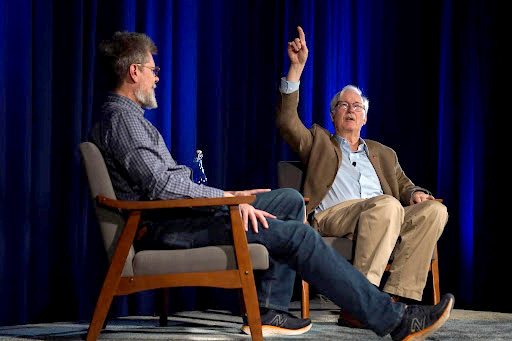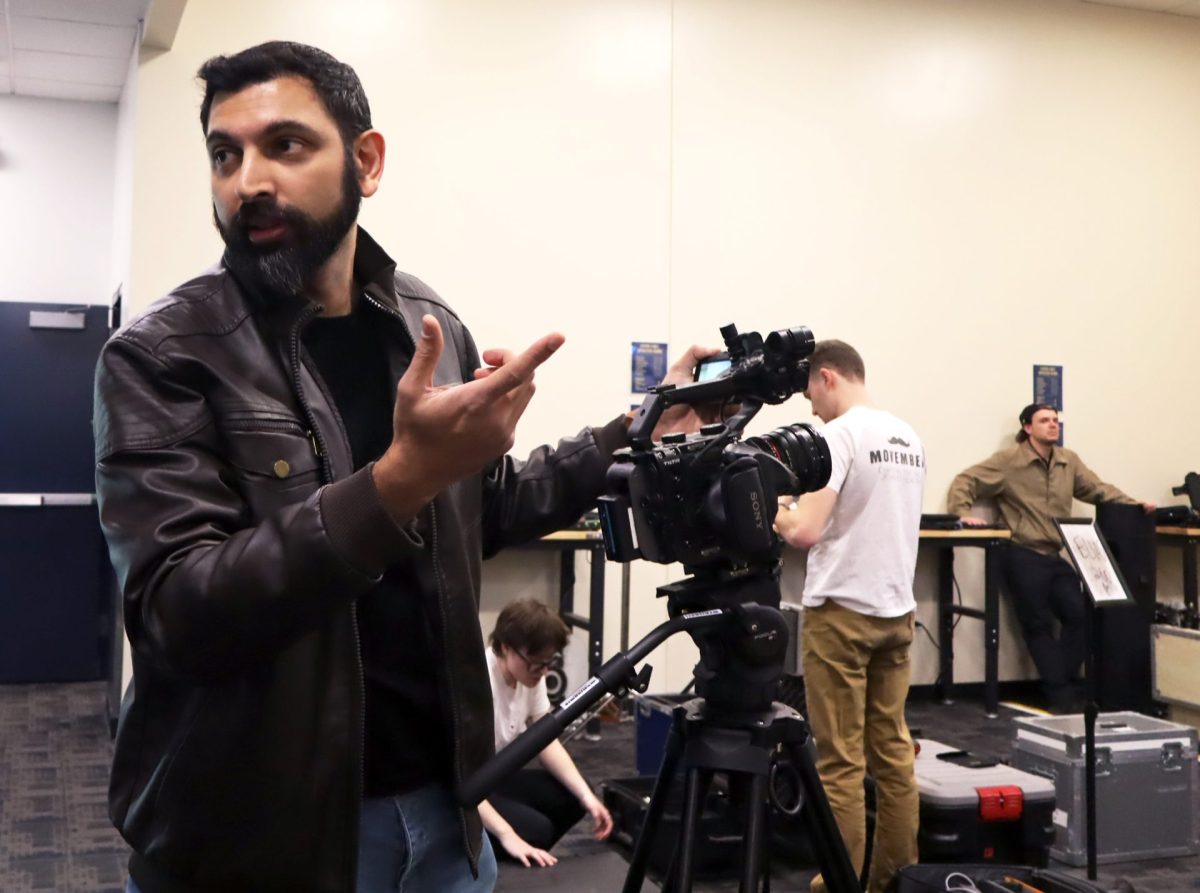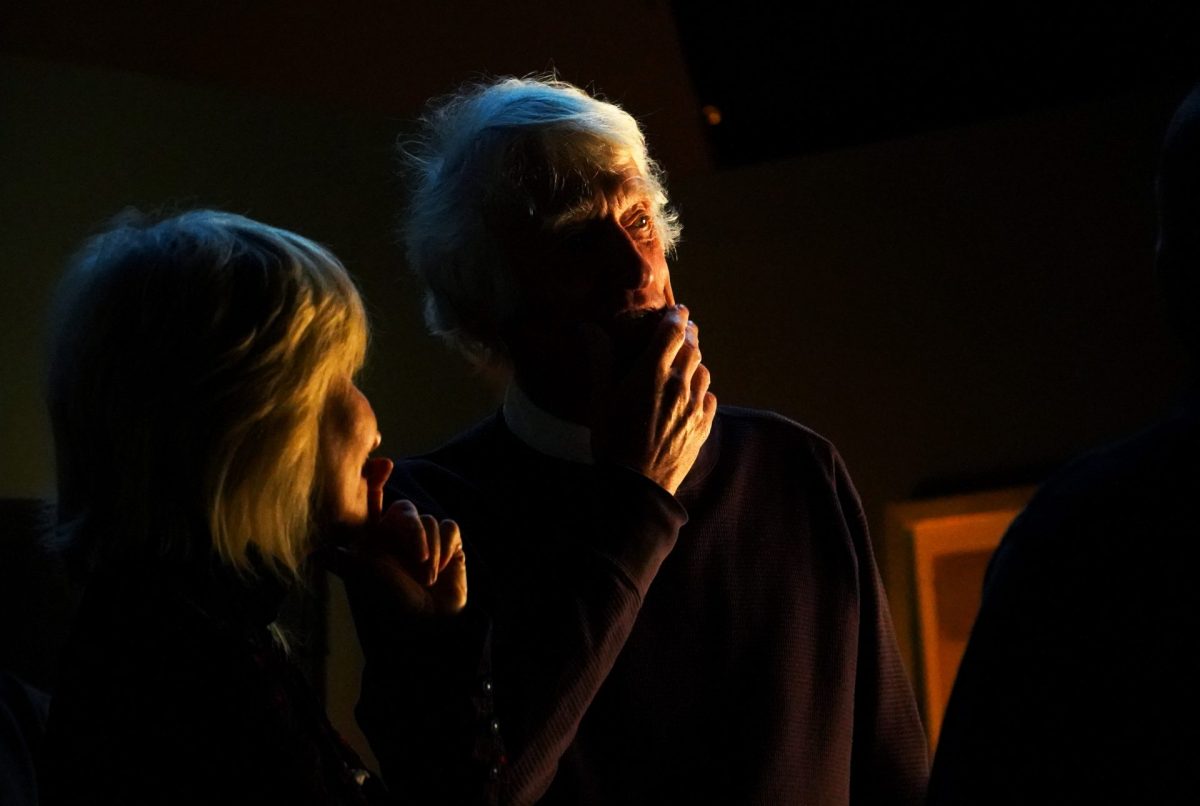
Released in 1989 and set in the year 2015, director Robert Zemeckis’ “Back to the Future Part II” made some technological and lifestyle predictions on what the current year would hold.
According to the movie, we’re supposed to be riding on hoverboards and wearing self-lacing shoes.
Although it seemed far-fetched a mere 25 years ago, some of the movie’s fictional technology actually exists today. DePaul professor Jeffrey Carrion, technological expert Julie Torkelson and student Maia Moore commented on some technological overlap with Zemeckis’ film and the reality of 2015.
Hoverboards
“Hey! Little girl, stop. I need to borrow … your hoverboard?”
Marty McFly’s famous line from “Back to the Future Part II” had kids in 1989 wishing a device like that actually existed. Fast forward to 2015 and a company is on the verge of turning those kids’ dreams into a reality.
A Los Gatos, California company, Arx Pax, launched a campaign in 2014 to raise $250,000 toward developing a hoverboard. They met their goal on Dec. 15, 2014.
Founders Jill and Greg Henderson have not announced a release date, but the cost of the board is listed at $10,000 and the battery only lasts seven minutes, according to ABC7 Los Angeles.
The board hovers using a magnetic field that pushes and holds it one inch above the ground.
Although Carrion was a fan of “Back to the Future Part II,” he admits the development didn’t excite him.
Carrion laughed when he saw the design and called it “nostalgic fun.” He believes the board needs more improvements because it requires some kind of metal surface to levitate, which restricts where people can go.
Carrion may have doubts about the invention, but Torkelson believes it’s a great idea.
“I’m a proponent of the skateboard myself,” Torkelson said. “I think it would be a very cool way to get around.”
Moore said he too will be eager to buy the hoverboard when the invention hits stores.
“If I did have $10,000 sitting around, I can’t lie, I would buy it,” Moore said.
Self-lacing sneakers
The self-tying shoe worn in the film became so popular that in 2011 Nike and the Michael J. Fox Foundation for Parkinson’s Research auctioned 1,500 pairs of the shoe on eBay and raised $4.7 million for the foundation.
According to Nike designer Tinker Hatfield, power laces will come out in 2015. A release date has not yet been announced.
“Now we just have to find a way where we don’t have to bend down and put the shoe on,” Torkelson said with a laugh. “That’s the hardest part for me.”
Torkelson and Carrion were in agreement about the idea being cool and see the invention becoming successful.
“I think that is a more realistic thing to come out with because there is a sneaker niche market,” Carrion said. “Nike produces a bunch of limited shoes that have celebrities tied to them.”
Moore, on the other hand, is skeptical about the technology and calls it “pointless” and “lazy.” She hopes Nike sticks to regular laces because she believes tying shoes isn’t difficult.
The future and media
Sometimes video quality of movies, Skype calls, smartphones and tablets are taken for granted. How? Because we have them at our disposal anytime we want. We can’t imagine a life without them and can’t recall a time when they weren’t invented.
Zemeckis was one of the first to predict that 3D movies, hands-free video games, video conferencing and multi-screen devices were going to be popular in 2015.
“I think it just shines the light on (Zemeckis’) creativity. The director was spot on in his predictions,” Moore said.
Moore and Torkelson agreed that Zemeckis simply saw the consumption of technology before anyone else did.
“Just based off the World Wide Web at that point, he knew it was going to greatly affect the world,” Torkelson said. “
Torkelson highlighted that even though the Internet was in its early stages when the movie came out, Zemeckis’ just had a “hunch” on what the future would hold.
While Zemeckis was pretty accurate in his 26-year prediction into the future, Carrion made his own prediction for 2041 that we all hope one day comes true.
“I imagine when we come home years from now, we’ll just talk to our house and it’ll give us what we want,” Carrion said.













